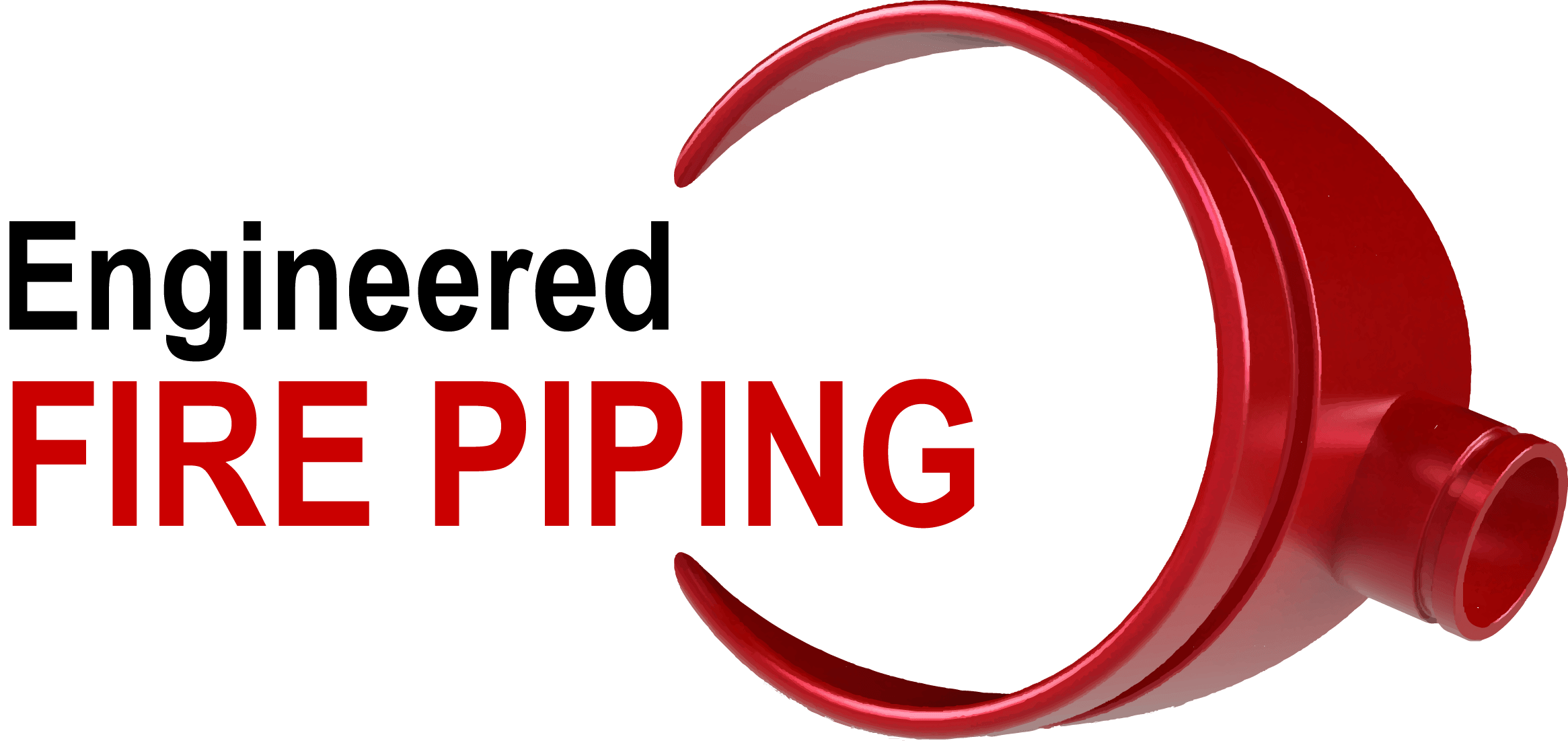Sheet metal casing coating
Epoxy resin, porcelain or liquid crystal is a thermosetting polymer that changes from a liquid to a solid state when a hardener or catalyst is applied. The characteristics of hardness, gloss and transparency make this material of exceptional qualities one of the most widely used in cladding. The main reasons are:
The water storage tanks for firefighting equipment that are sealed with mastic have no element to separate the stored water from the galvanised sheet of metal, so it suffers a lot from rust (attack) over time. By applying the epoxy resin, apart from recovering the installed sheet metal, a long-lasting protection is provided, which
significantly extends the service life of the tank. For this reason, it is also used in newly installed tanks to improve the conditions inside and prevent future problems.
Phases of waterproofing
1. CLEANING
We will need to access the inside of the tank through the manhole. Once inside, the tank must be completely emptied. If emptying the tank fails in removing all the water, it must be removed by mechanical means (submersible pumps) or manually (hoovers). All traces of sediment and other rust or similar particles shall be removed from the area to be coated. Afterwards, the floor shall be dried by heaters and wait 24-48 hours for the floor to be completely dry. Humidity shall be prevented for the works to be properly done
Once the tank is completely dry inside, a self-stable scaffolding with wheels, high enough to reach the highest point of the perimeter, shall be used and all the rust accumulated on the enclosure will be cleaned by mechanical means (grinder with brush disc). This process can lead to the accumulation of many particles in suspension, so the workers shall wear the necessary equipment, a ventilation equipment to recirculate the air inside shall be also required
Cleaning with a grinder will reveal rust damage, which can even lead to holes of varying sizes. Holes having up 2 mm diameter can be repaired with repair resin and fibreglass. Areas that have been weakened in thickness should also be reinforced to ensure load bearing at these points.
Finally, all sediments from the cleaning of the sheet metal will be removed to start the water tightness process.
2. COATING
Once the inside of the tank is completely dry and clean, the water tightness process shall be started by applying an initial 2-component epoxy primer that will completely cover the metal sheet and help the resin to adhere.
The coverage is calculated at 1kg/1.5m2. It can be applied by roller or brush in small spaces and has a drying time of 24 hours.
3. EPOXI RESIN
After the initial primer has dried, the second coat of resin can be applied to cover the entire primed surface. The application of this resin will be the final step in waterproofing the envelope. The resin coverage is 1kg/1.5m2 and is applied by roller or brush.
At the end of the application, a drying time of 48 hours shall be given before introducing water back into the tank. Remove the scaffolding from the inside through the manhole and close it.
